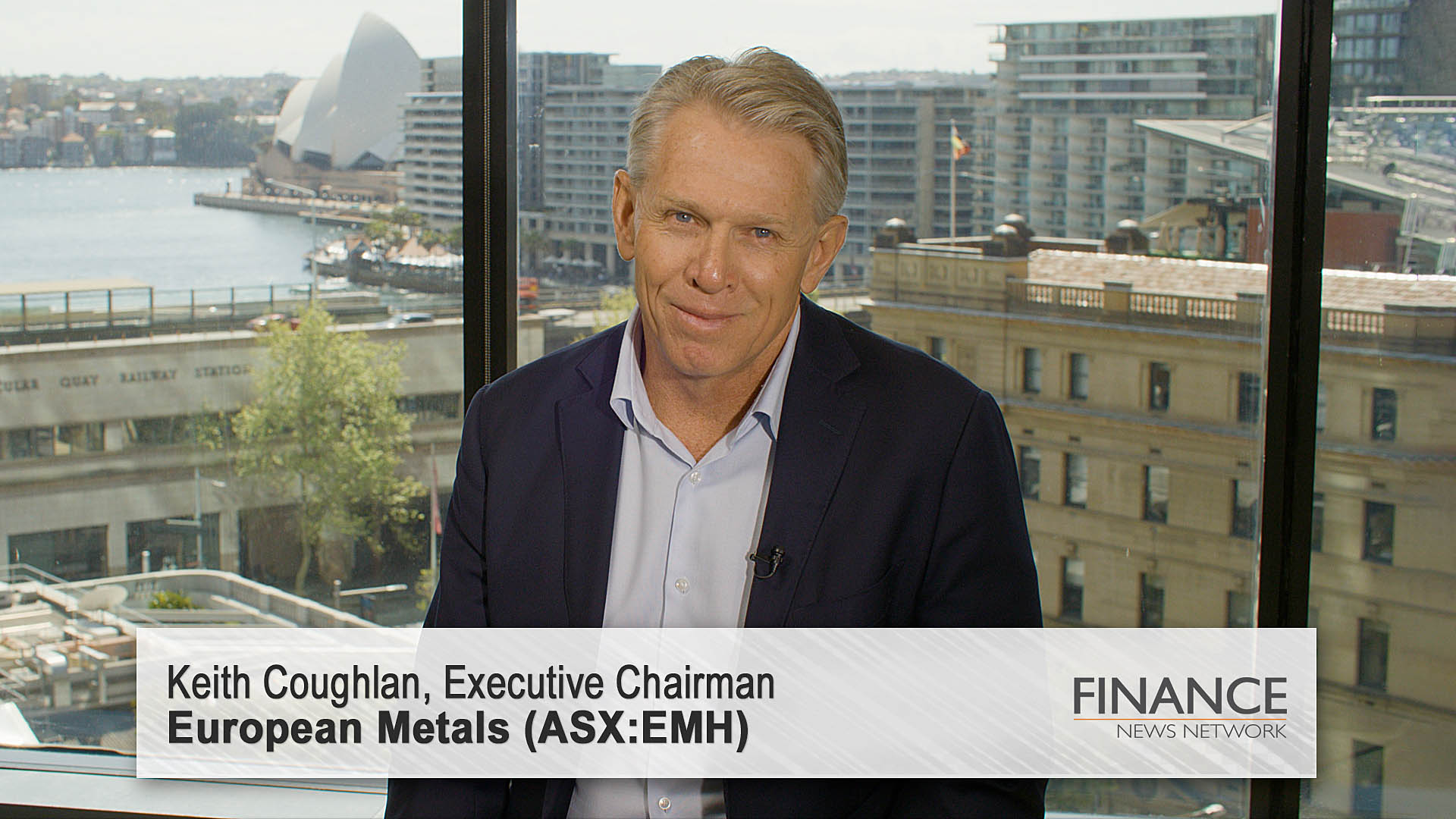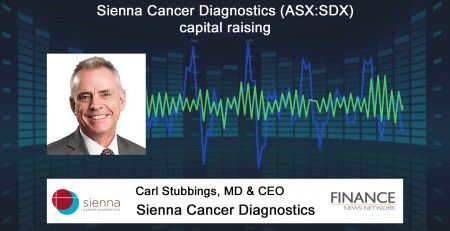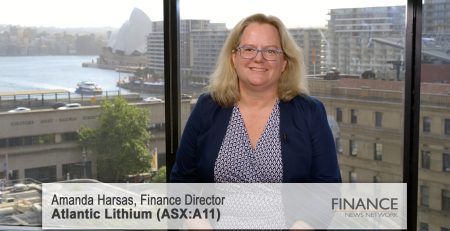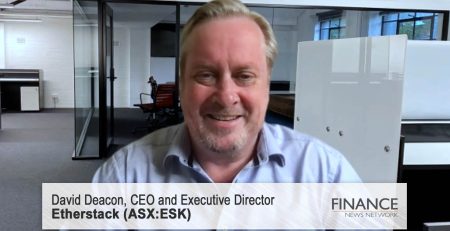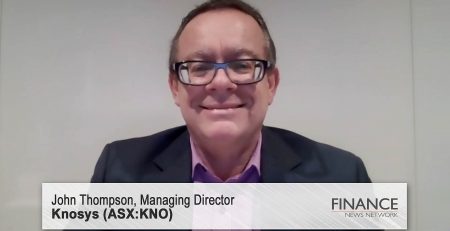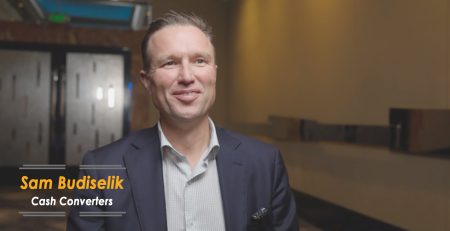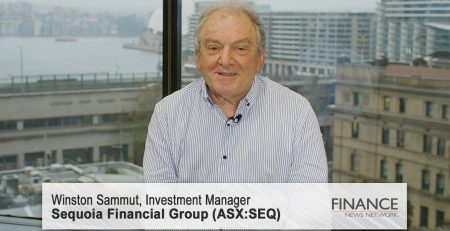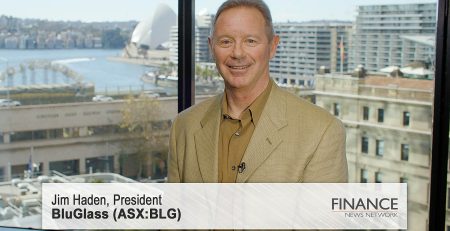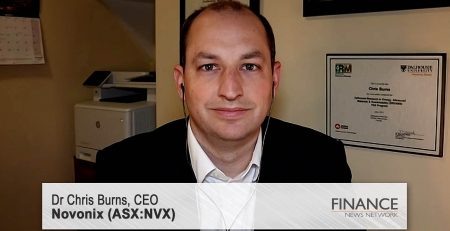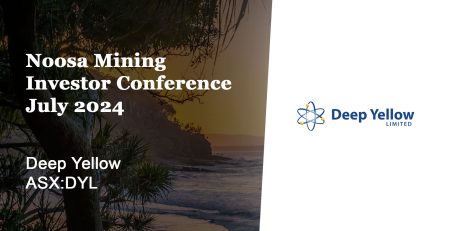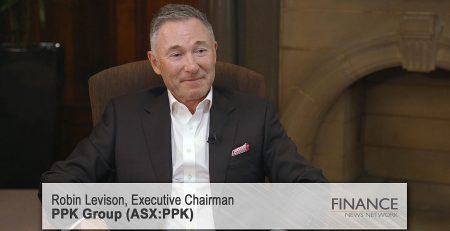European Metals (ASX:EMH) positioned to supply lithium to the EU
European Metals Holdings Limited (ASX:EMH) discusses its Cinovec project, the largest hard rock lithium resources in the EU.
Tim McGowen: We're talking today to European Metals (ASX:EMH), which is an Australian and UK listed mineral exploration and development company with a clear aim to create a sustainable European lithium supply chain with a low carbon footprint. We have with us the Executive Chairman Keith Coughlan. ASX code EMH. Got a market cap of around $157 million. Keith, thanks for your time. Nice to see you.
Keith Coughlan: Thanks Tim. Thanks for having me on.
Tim McGowen: Now, there's plenty going on in Europe at the moment — inflation, energy crisis, the Ukraine war, and of course plenty of supply chain issues.
Keith Coughlan: Yes.
Tim McGowen: How's that affecting European Metals?
Keith Coughlan: So, it's actually affecting the project in a positive way, which is an unfortunate thing to say in some regards, but just last week the European President, Ursula von der Leyen, introduced the critical raw materials legislation that the EU are going to enact. And this is a great bit of news and it's something we've been working towards for some time. It's been evident also for some time that the EU is fully committed to the green transition. They've committed a trillion euros. So, that's to build a battery industry it's to enhance the electric vehicle industry. They're fully committed to that. But the gap has been securing the raw materials. And that has been a problem, and we've seen that problem for some time, and slowly it seems to be getting into the EU themselves that they have to develop the region's critical raw materials wherever possible, which is good news for our project.
Tim McGowen: And of course your project is based in Czechoslovakia, a lithium project — where does that fit into this equation?
Keith Coughlan: So, our project, Cinovec, is the largest hard rock lithium resource in Europe. It's by far the largest hard rock lithium resource in the EU, which is an important distinction given what we've just said. And there are other factors as well. It's got very good ESG credentials. It's a historic underground tin mine. So, as you can probably imagine, entering or re-entering a historic underground mine is considerably easier from an environmental point of view than trying to break new ground. And so the size of the project, coupled with the ESG credentials, it's a low-cost project and in terms of location it couldn't be better. So, you have a situation where the growth in the demand of lithium in Europe, it'll grow quicker than anywhere else in the world and there is no current production. So, having this project puts us firmly in the sights of the EU, which should help us a great deal with our permitting, our financing and timing through to production.
Tim McGowen: And of course you've got a 25-year mine life, or an estimated 25-year mine life, only using about 12 or 13 per cent of the actual resource. Is there an opportunity to kind of upgrade over time?
Keith Coughlan: There is, so you're right. It's a very, very big resource — 7.4 million tonnes of contained lithium carbonate equivalent. So, we're limited with the underground mining process and the access to the orebody. But we have been looking at ways to increase that. We have certainly looked at ways to get that 30-odd thousand tonnes per annum up to the 50,000 tonnes sort of range. We haven't done the formal work on that, and that's why we can't be making announcements about it, but it's something we will be looking at as a phase two. And then it's physically possible to get larger than that, but that would be a stage three operation.
Tim McGowen: And of course the lithium price just continues to fly. I think we were arguing whether it's at $65,000 a tonne or $80,000 a tonne, but it's well above where your PFS came in at around $17,000 per tonne. Is there any plans to upgrade the pricing in that PFS?
Keith Coughlan: It's a difficult question. I saw a study put out last week by a company that used $22,500 a tonne for hydroxide. So, again, significantly lower than current spot. But it is difficult. No one's going to go out and put out a study with a number in it that's anywhere near current spot. But the interesting part about that is it's hard to see what factors might bring the lithium price down in any sort of a hurry. You know, the metal is in deficit. It appears to be remaining in deficit for some considerable period of time. So perhaps there's further upward pressure on the price. What we did in regards to the study because of this issue, we published a sensitivity analysis looking at what the impact might be at various prices. So, people can really have a look at that and make their own call on where they see the lithium price going to be in a few years' time when we're in production.
Tim McGowen: And looking forward, so beyond the end of this year, what are some of the milestones that you're hoping to reach?
Keith Coughlan: Well hopefully before the end of the year, we'll have news out to the market with regards to financing and offtake. And, as I said earlier, those two key factors are enhanced by the announcement out of the EU last week. We're very much looking for a European solution to this project where everything remains within Europe. So, we are committed to talking with European offtakers and feeding our product into that market. But I think those are two things that we can solve before the end of the year. And then it's really just further work on the studies, getting that DFS out as quickly as possible, so we can begin production.
Tim McGowen: Keith Coughlan, thanks for your time.
Keith Coughlan: Thanks very much, Tim.
Ends
Copyright 2022 – Finance News Network
Source: Finance News Network

